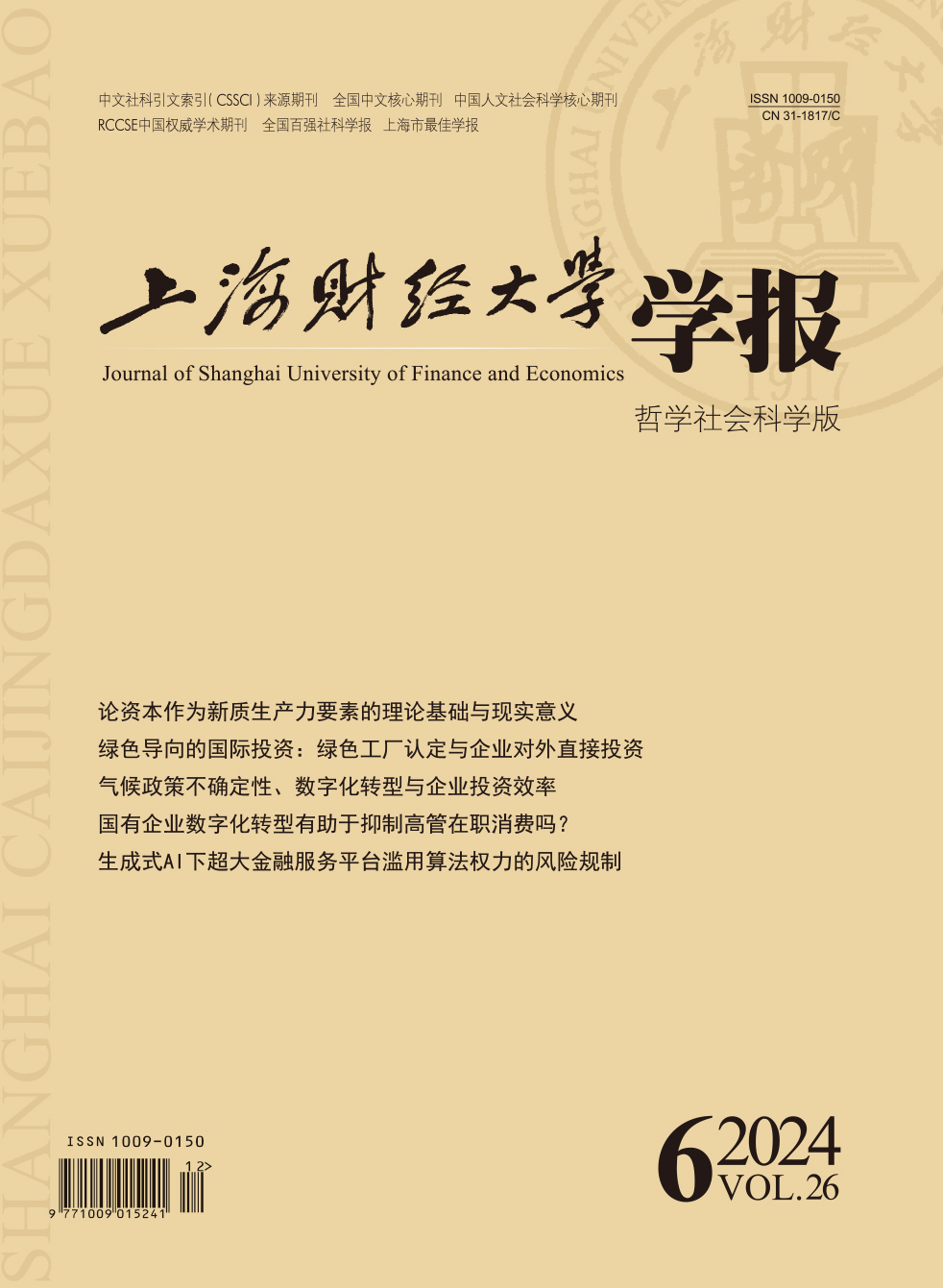Using the lending data from the end of 2015 to the beginning of 2018 on a network loan platform, this paper for the first time studies rural-urban floating borrowers’ credit risks and the determining mechanism from spatial income differences between the outflow and inflow places. By analyzing the data, we find that online borrowers have distinct demographic characteristics, and borrowers from rural to urban areas account for 42% of the total borrowers. Therefore, this paper attempts to answer the following two questions: First, what are the differences between the credit risks of rural-urban floating borrowers, urban borrowers and rural borrowers, and what are the reasons behind the differences? Second, for rural-urban floating borrowers, whether the income differences between the inflow and outflow areas affect their credit risks, and what is the role of the income from the outflow and inflow areas? The study finds that: the overdue probability of rural-urban floating borrowers is about 3% higher than that of urban borrowers, but 1% or so lower than rural borrowers; the relationship between the inflow-outflow income differences and the overdue probability of rural-urban floating borrowers is a " U” shape; with the increase in the income differences between the inflow and outflow areas, the overdue probability of rural-urban floating borrowers decreases and then increases, and reaches the lowest level at about 30 000 Yuan; these effects mainly come from the income level of inflow places. This paper fills the research gap on the default behavior of floating borrowers in the literature, enriches the research on borrowers’ credit risks. In the current process of promoting urbanization, the credit risks of people moving from rural to urban areas is lower than that of people remaining in rural areas. In terms of the current average regional income, the differences between the inflow and the outflow are in the " U” -type credit risk reduction area. Therefore, encouraging the flow of townships, reducing and ultimately eliminating the discrimination in employment, education, household registration can help to reduce the probability of default among those who have borrowing demand in the rural-urban migrants, which may help to improve the social integrity environment.
 / Journals / Journal of Shanghai University of Finance and Economics
/ Journals / Journal of Shanghai University of Finance and EconomicsJournal of Shanghai University of Finance and Economics
LiuYuanchun, Editor-in-Chief
ZhengChunrong, Vice Executive Editor-in-Chief
GuoChanglin YanJinqiang WangWenbin WuWenfang, Vice Editor-in-Chief
Rural-Urban Floating Borrowers’ Credit Risks and the Determining Mechanism from Spatial Income Differences
Journal of Shanghai University of Finance and Economics Vol. 21, Issue 03, pp. 63 - 73,152 (2019) DOI:10.16538/j.cnki.jsufe.2019.03.005
Summary
References
Summary
Cite this article
He Guanghui, Du Wei, Yang Xianyue. Rural-Urban Floating Borrowers’ Credit Risks and the Determining Mechanism from Spatial Income Differences[J]. Journal of Shanghai University of Finance and Economics, 2019, 21(3): 63-73.
Export Citations as:
For




 4215
4215  6983
6983

